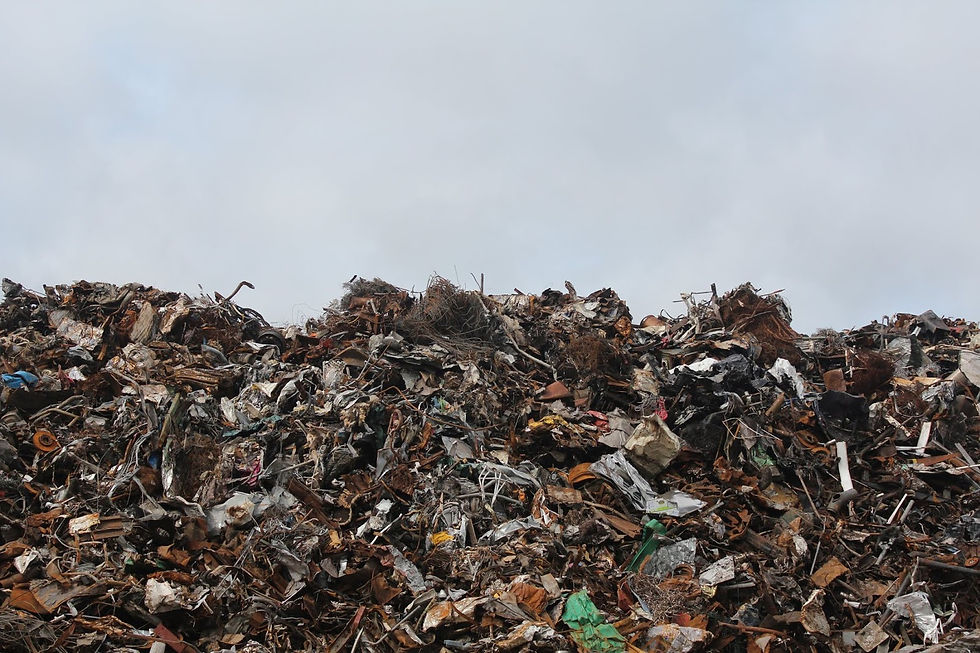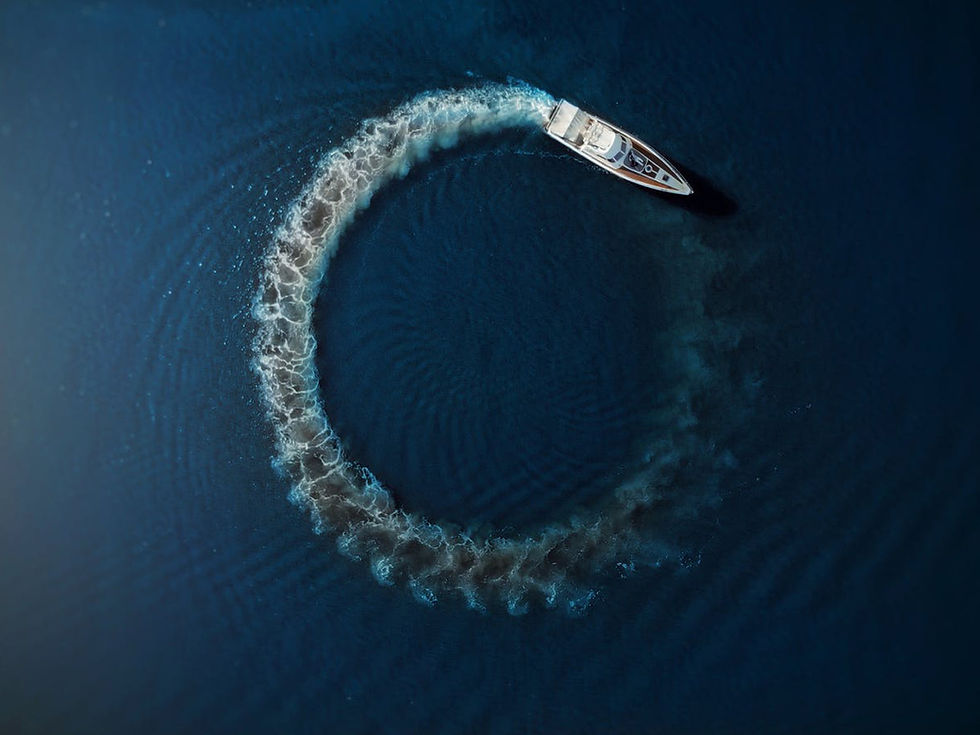PFAS at Patrick Air Force Base: Veteran Testifies After Losing Child to Cancer
- Stel Bailey

- Mar 11, 2020
- 3 min read

Washington, D.C. — The hearing room fell silent today as U.S. Army and Air Force veteran Jim Holmes stood before Congress, not as a soldier, but as a grieving father. His daughter, Kaela, was only 17 when she died, three days after her birthday, from a rare and aggressive brain cancer.
Holmes believes her death is tied not to enemy fire, but to a far deadlier, invisible threat: the toxic water at Patrick Air Force Base in Florida.
The Numbers They Don’t Want You to See
A 2018 Department of Defense (DOD) report revealed a chilling reality: all 28 groundwater monitoring wells at Patrick Air Force Base tested above the EPA’s safety limit of 70 ppt for PFAS chemicals. The highest readings weren’t just over the line; they shattered it. Combined PFOS/PFOA levels at the base hit 4.3 million parts per trillion.
To put that in perspective: that’s not contamination, that’s chemical saturation. And it was hidden in plain sight.
For over 40 years, the military drenched its soil and water with aqueous film-forming foam (AFFF), used in fire-training exercises. It left behind a toxic legacy, PFAS, the so-called “forever chemicals,” that don’t break down in the environment or in the human body.
Yet when asked, Patrick Air Force Base denied the very DOD report that confirmed the poisoning. Communities nearby, Satellite Beach, Cocoa Beach, and beyond, were left in the dark.
The Toll on Families
“I knew that I was signing a contract that required me to risk my physical health, mental health, personal safety, and up to my life in defense of the Nation,” Holmes testified.
“What I did not sign up for was the risk of my daughter’s health, well-being, and ultimately her life as a result of my service.”
Holmes isn’t alone. Across Florida’s Space Coast, families whisper about rising cancer rates. The state has admitted a “statistically significant increase” in certain cancers, yet refuses to call it what it is: a cancer cluster.
Patrick Air Force Base ranks among the worst contaminated sites in the country, and the people who lived, served, and raised their children there are paying the price.
Betrayal in Uniform
Holmes’ pain has hardened into fury. “I lost my only child due to being poisoned by the same military that I faithfully served and fought for,” he said. “When I learned of the connection between PFAS and Kaela’s cancer, I got rid of all my awards, certificates, and uniforms. The only thing I own with a military connection is my retired ID card.”
For him, every medal is now a reminder, not of service, but of the sacrifice his daughter never agreed to make.
The Kaela Project: A Fight for the Living
Holmes refuses to let Kaela’s death fade into another statistic. He is urging Congress to back a $25 million pilot program, a bold plan to install point-of-entry filtration systems in every home in Satellite Beach, Cocoa Beach, and on base housing.
He calls it “The Kaela Project.”
Not just for his daughter, but for every service member and family forced to drink poisoned water while serving their country.
Holmes’ testimony was more than a father’s grief—it was a battle cry. A demand for accountability. And a reminder that sometimes the deadliest enemies are the ones our government refuses to name.
Because when service members risk everything for their country, they should not have to bury their children as collateral damage.




Comments